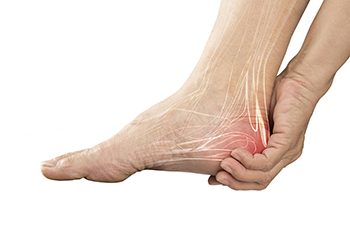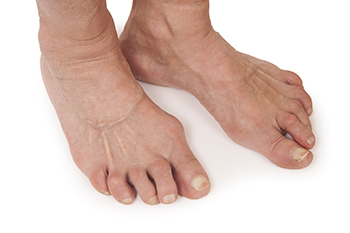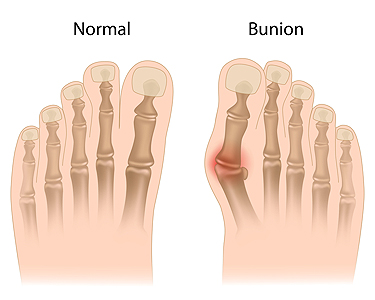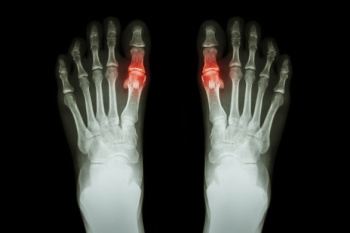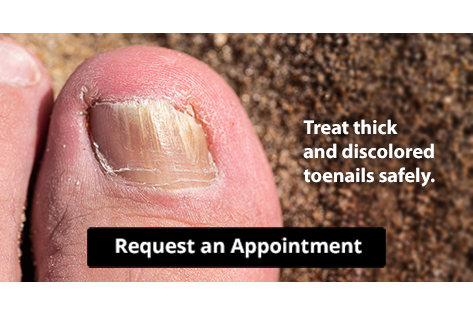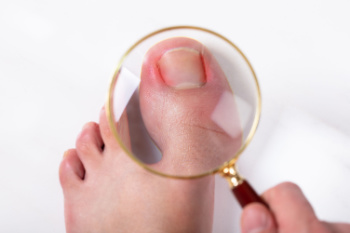
Hammertoe is a deformity in which one or more of the smaller toes, most commonly the second toe, bends abnormally at the middle joint, often creating a Z-shaped angle. A hammertoe may develop due to tendon imbalances, long toe bones, joint misalignment, or long-term use of wearing tight shoes. Rheumatoid arthritis can also be a contributing factor. People with hammertoe often experience pain when wearing shoes with a narrow toe box. Friction within the shoe can lead to the formation of corns, calluses, or even open sores on the top of the bent toe. Pain may also occur in the ball of the foot. After examining the hammertoe, a podiatrist may recommend custom orthotics to reduce pressure and relieve discomfort. In cases where the toe deformity becomes rigid and painful, surgery may be considered to realign the joints in the toe. If you have a hammertoe deformity that is causing pain, it is suggested that you schedule an appointment with a podiatrist for an exam and appropriate treatment options.
Hammertoe
Hammertoes can be a painful condition to live with. For more information, contact one of our podiatrists from Comprehensive Foot & Ankle Center of South Jersey. Our doctors will answer any of your foot- and ankle-related questions.
Hammertoe is a foot deformity that affects the joints of the second, third, fourth, or fifth toes of your feet. It is a painful foot condition in which these toes curl and arch up, which can often lead to pain when wearing footwear.
Symptoms
- Pain in the affected toes
- Development of corns or calluses due to friction
- Inflammation
- Redness
- Contracture of the toes
Causes
Genetics – People who are genetically predisposed to hammertoe are often more susceptible
Arthritis – Because arthritis affects the joints in your toes, further deformities stemming from arthritis can occur
Trauma – Direct trauma to the toes could potentially lead to hammertoe
Ill-fitting shoes – Undue pressure on the front of the toes from ill-fitting shoes can potentially lead to the development of hammertoe
Treatment
Orthotics – Custom made inserts can be used to help relieve pressure placed on the toes and therefore relieve some of the pain associated with it
Medications – Oral medications such as anti-inflammatories or NSAIDs could be used to treat the pain and inflammation hammertoes causes. Injections of corticosteroids are also sometimes used
Surgery – In more severe cases where the hammertoes have become more rigid, foot surgery is a potential option
If you have any questions please contact our offices located in Cherry Hill, Voorhees, Atco, and Turnersville, NJ . We offer the newest diagnostic and treatment technologies for all your foot and ankle needs.
